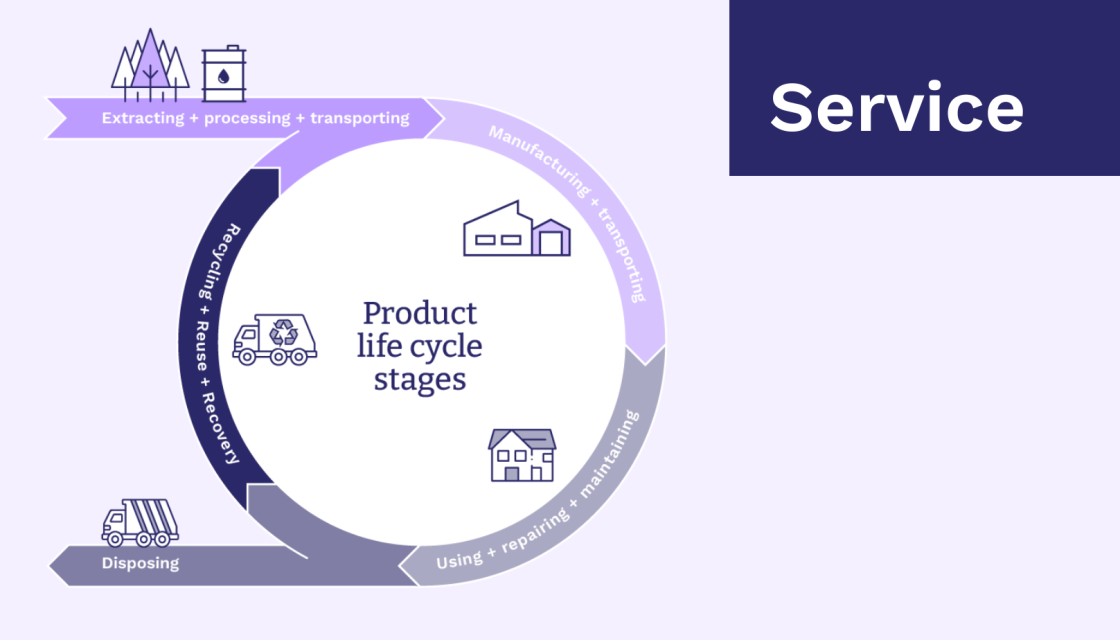New Zealand’s largest concrete company Firth Industries has released their first Environmental Product Declaration (EPD) with the help of thinkstep-anz. Firth is the latest in a growing list of companies publishing data on the embodied environmental impacts of building materials.
Sustainability in the local concrete industry
A third-party verified and internationally recognised sustainability tool, the EPD is a sign of Firth’s commitment to sustainability. Firth’s EPD is the tenth addition to Fletcher Building’s growing collection, having previously published EPDs across their various construction brands. This includes an EPD produced by thinkstep-anz for Golden Bay Cement. The growing uptake of EPDs is also indicative of New Zealand’s environmentally conscious concrete industry which announced it was halfway towards meeting its 2030 emissions target earlier in the year.
Identifying hotspots
Firth’s EPD covers ready-mixed concrete manufactured in their 67 plants across New Zealand and provides vital information on concrete’s environmental impacts across different strength grades. EPDs are not only an important benchmarking tool for environmental performance, but also a sound basis for sustainable decision-making. Based on a life cycle approach, an EPD sheds light on processes with the most significant environmental impact and helps to prevent burden-shifting between processes. In the case of ready-mix concrete, the most environmentally significant process was found to be cement production, followed by aggregate production, and raw material transport. Supplementary Cementitious Materials (SCMs) such as fly ash helps to reduce the percentage of cement in concrete production. Additional SCMs such as Ground Granulated Blast-furnace Slag and natural pozzolans are possible options to further reduce cement use and to thereby lower the carbon footprint of the final concrete.
Introducing the EC3 calculator
Furthermore, Firth are using their leading position in the concrete industry to meet customer demand for low carbon concrete mixes. Firth’s Embodied Carbon Concrete Calculator (EC3), developed together with thinkstep-anz, allows the company to design customer-specific low-carbon concrete mixes that still tick all the boxes for strength and durability. With the EC3 tool, Firth can design mixes to meet their customers’ desired Embodied Carbon (EC) rating and thus make a meaningful contribution to the low carbon efforts of the construction industry as a whole.
Based on the results of an independent review carried out by thinkstep-anz on behalf of Concrete NZ, the New Zealand concrete industry is already halfway towards its 2030 emissions reduction target. Firth’s EPD and EC3 tool are key ways for the concrete industry to close out the second half.
Enabling a green construction sector
The information contained in a construction product EPD, such as this one, assists customers to calculate the environmental impacts of their construction projects for a wider, more holistic perspective on the environmental impacts of buildings and infrastructure projects.
Over half of the EPDs currently registered under EPD Australasia have been developed by thinkstep-anz’s team of certified Life Cycle Assessment Practitioners and approved verifiers. These include a wide range of EPDs in the built environment for brands such as Golden Bay Cement, InfraBuild, GIB® plasterboard, Abodo Wood, ColorCote® and COLORSTEEL®.
Discover the business case for EPDs on our microsite thinkEPD and stay up to date on the latest news and resources.


